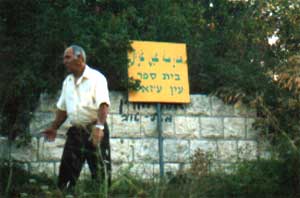
Down there was my house. I had four dunams. The house was eight meters by eight meters. It was a large family and there were also mules and chickens in the house with us. We were seven children, three brothers and four sisters. My uncle’s house was there, next to mine. The family included 11 aunts and uncles, and everyone lived here, one next to the other. My uncle would sleep here in grandfather’s grave, Sheikh Shchadeh.
In 1948 there were 2,726 people living in Ayn Ghazzal. They lived well, in concrete houses. All the surrounding hills were houses of the village, all the way down. This is my uncle’s house, this is the ironwork of the house and these are the stairs to the second floor. Here is the entrance to the house of my uncle, Mahmed.
This is my house. I was born here. The house had two stories. Seven of us lived together here. The house had a wooden divider, one part upstairs and another part downstairs. Here, this is the pit from back then, three meters deep. We would put flour in the pit and take it out in the summer. The flour was preserved underground, we would cover it with wood. The flour would keep some four months and then we would use it to make pita bread in the tabun. Over there is where they ground the wheat and removed the kernels, it’s called a bayader. Over there was the Randur family.
People started settling in Ayn Ghazzal two hundred years ago. They came by boat in the direction of Beirut to look for work and they got stuck here, so they went up to settle in the hills. It was a much bigger village than Furedis, where there were only 400 people living at the time. Furedis expanded since then because people came from Daliya a-Rouha, from Tantur, from Ayn Ghazzal, from Ijzim, and from Tirat al-Carmel. Most of the people today in Furedis are refugees. Maybe thirty percent are original residents. Now I have 5 daughters and one son and they have gotten married, so we are growing. My wife is from Tantur. My oldest brother, his wife is from Furedis. Ayn Ghazzal was from 250 years ago, before Furedis. Tirat al-Carmel was bigger, it had about 8,000 people. In 1946 there was a British military camp here and people worked for them.
Here are the graves of my brothers, you see? And now they are planting fruit trees here. This is a grave, this is a grave… Up there is a cemetery, 80 dunams. I went with them [with people from the neighboring Jewish community of Moshav Ofer] to court, I brought a land registry certificate from Jerusalem and we settled it. They wanted to make a garbage dump here in the cemetery so we brought the police and we were able to close off the cemetery. Every year we spray the weeds and that’s all, we don’t touch a thing.
Not far from the cemetery there was a school where I studied. They turned it into the cemetery of Ofer. Every year I fight with the religious Jews who come to the grave of Sheikh Shchadeh and claim that it’s the grave of a Jewish tzadik. They write “Rabbi Eliyahu,” “Rabbi Assis.” They come on buses, lots. They almost didn’t want to let me enter. I fixed up the place. I explain to them that between Zikhron Yaakov and Haifa there is not one Jewish village. The grave of this Sheikh has survived from 1948. He is buried here. Every year I fix the place up and paint it. They used a disc grinder to cut the window. This is a holy place for my grandfather. I respect the cemetery of the Jews. I always come here with my children.
In 1985 they fined my brother and I eight thousand shekels or ten days in custody so that we would stop renovating the place. They prefer that it go to ruin. That people not remember. People would come here from Taibeh, Kalanswa, even from Jordan. The refugees of Ayn Ghazzal come to visit.
In 1948 they started shelling Ayn Ghazzal and we hid in the cave not far from here. I asked my mother, “What happened?” My mother told me that they wanted to take our lands. At the beginning of the war we had started to stash food and we went to the cave to hide. We lived in there for three days. We closed the opening with plywood. The cave was about two meters by two meters. We were here four days with food and everything we needed, without having to go outside during the shelling. Nobody knew about that cave. We dug it by hand. There was a kadum, like an axe, and we dug. It took us over two months to dig it. We did it to stash food here. We didn’t think we would use it to hide in because we didn’t think there would be a war.
We hid a number of days until it became quiet and we saw that there was no one outside. At night we were afraid, so we left in the morning. We saw people walking among the olive trees. On the way, I saw an old woman who threw her child into the sabras, maybe seven months old, from fear. I swear, in front of my own eyes. I remember it until today. It was in Sabbarin. I don’t know where she was from, but I saw how she threw him and ran away. My mother started to cry. But I was barefoot, I had nothing. Every day we would walk and at night we would sleep under the trees. Until we reached Qanir and later Furedis. We had 1,560 pounds sterling in 1948 and my mother gave the money away because they threatened to kill us.
They shelled the village center of Ayn Ghazzal, which had several stores and a cafe. At night the young people would take weapons and go on patrol. It was Ramadan. Every afternoon they started bombing us, when people wanted to eat. And what weapons did we have? Junk. Shoots maybe six meters high. How many rifles were there here for defense? Maybe 25 rifles. They made no preparation for the war. A few tough guys came from Ijzim and from Haifa and said “let’s fight,” but what did they have? Nothing.
They bombed us every day for about a week. Some 15 of our people were killed down there. All young people. There was a tank at the entrance to the village. Maybe the Jews took it from the British. Maybe there was an understanding between them that they would take the tank to fight with. Our people ensnared them. They went down and around and shot at the wheels of the tank and it became stuck. They dragged the tank up with mules and horses. They killed the three Jews and took the tank.
After three days they started shelling Ayn Ghazzal heavily in the morning and evening, three days. And then everyone started running away from here. Me and my mother and three brothers, we stayed until the last minute. My father had already fled. He was with the shabiba, the young people. They fled before then so as not to be caught with their weapons.
We fled and we made it to Bat Shlomo, which was a Jewish village and in Arabic was called Mijmal. We crossed over the hills, me a barefoot nine-year-old, until we made it to the village of Qanir, not far from Kfar Kara where the Iraqis were. They didn’t have a command to enter further, they stayed there on the border. I was in Qanir and they started to call people and Jews captured us in the village. We looked for the young men. They offered us food. There were people from Tantur and Jebba, we met under the olive trees. In Qanir some Jewish soldiers captured us and gave the children something to eat. They would take every 17-year-old, take him aside and execute him. If I had been 17 years old I would have been executed. They buried them there on the spot.
Later they brought us to Furedis. They asked every person, where do you want to go? To Abdullah? They called the King of Jordan Abu Tabayech, one who likes to eat. There were those who preferred to go to Jordan and we stayed. My mother stayed here because she has an aunt in Furedis and then we went there. There was someone from Zikhron Yaakov who spoke Arabic so he let us stay. They put us in the mosque in Furedis and we slept there for three days. Families took people in to their houses. My aunt gave us a place underneath her house. There were problems and they thought of leaving here another time.
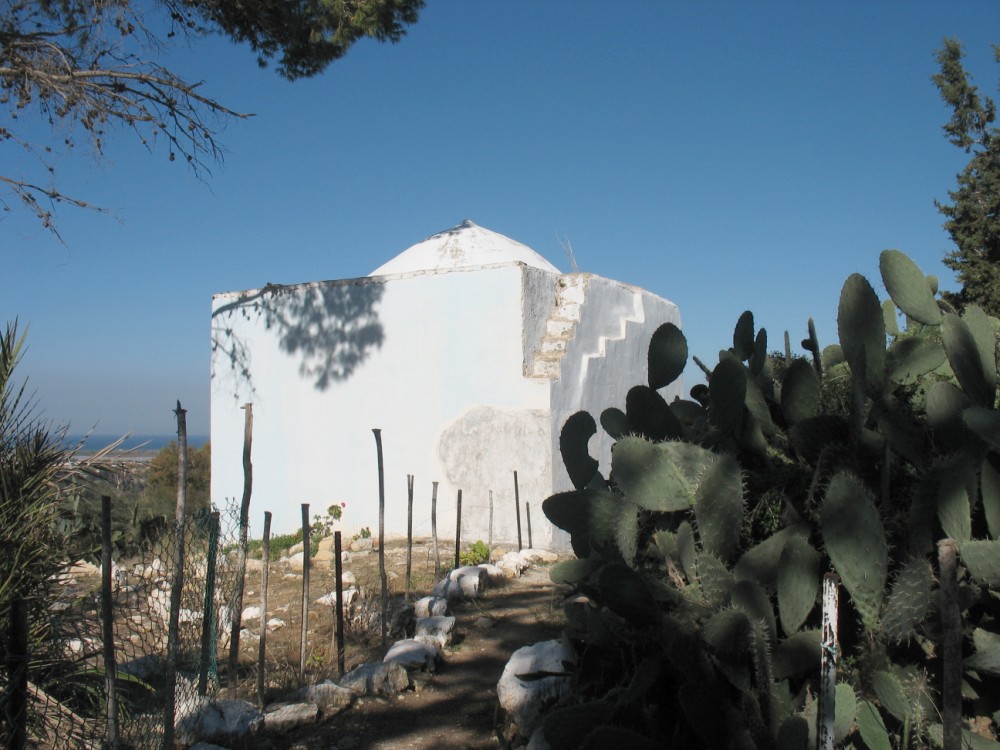
קבר אלשיח' שחאדה / قبر الشيخ شحادة
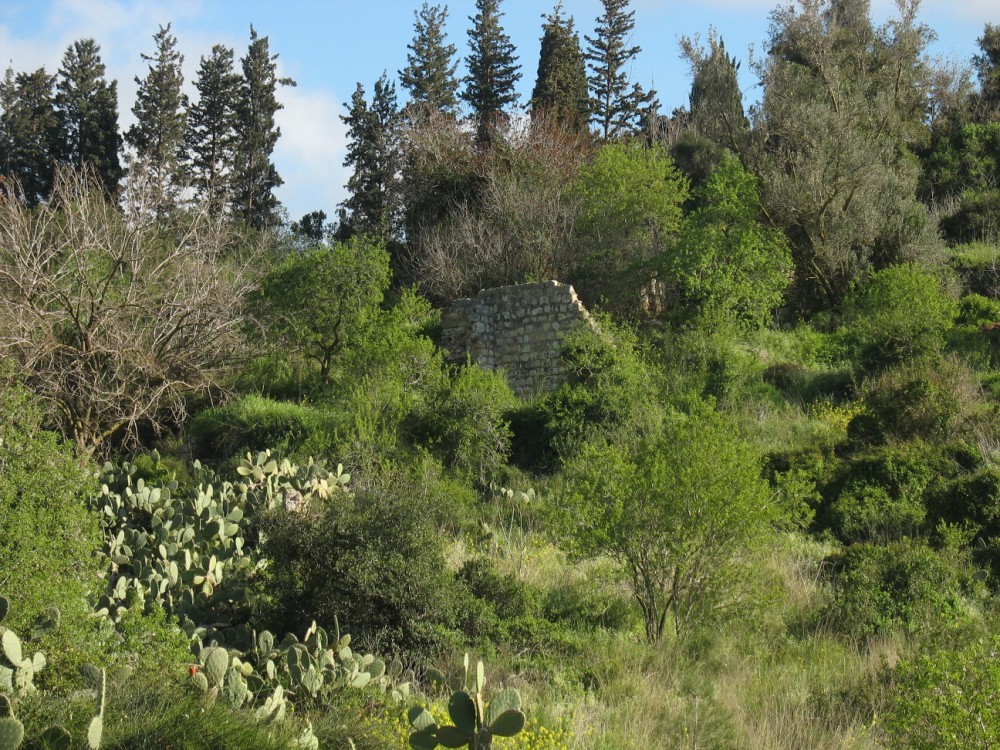
שרידי בתים בעין ע'זאל / أنقاض بيوت في قرية عين غزال
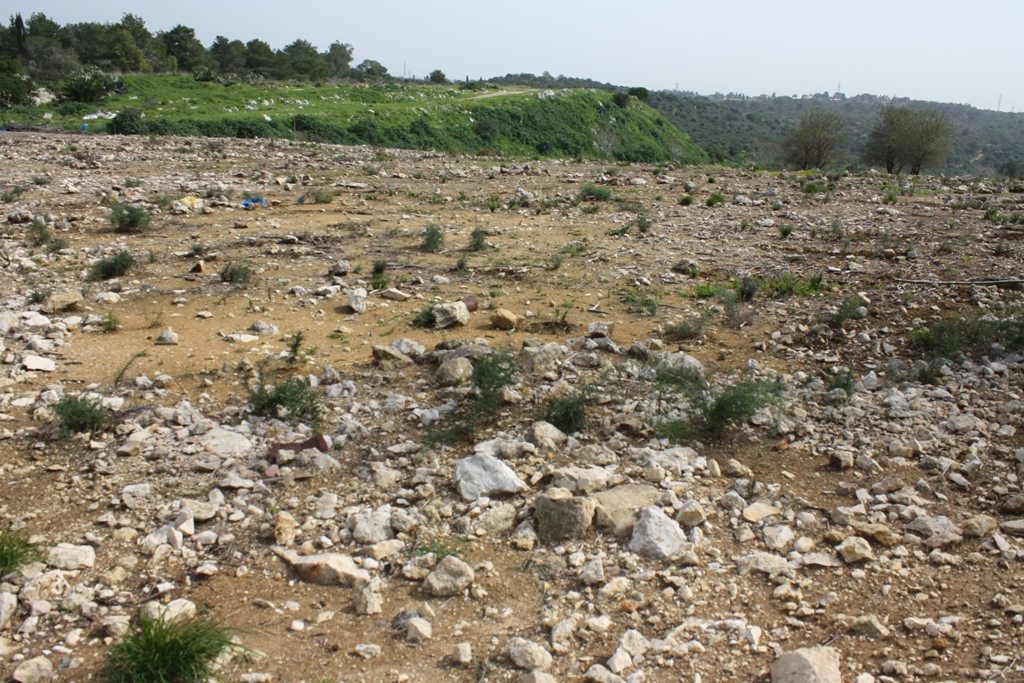
בית קברות עין ע'זאל / مقبرة عين غزال
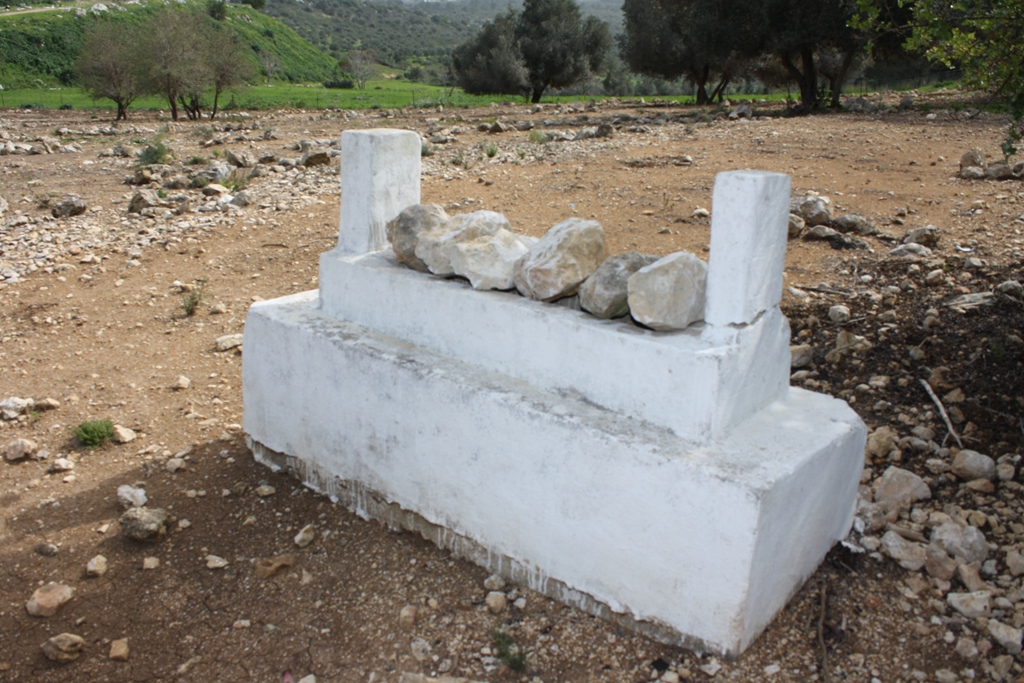
قبر الشهيد يوسف محمد / קבר השאהיד יוסף מוחמד
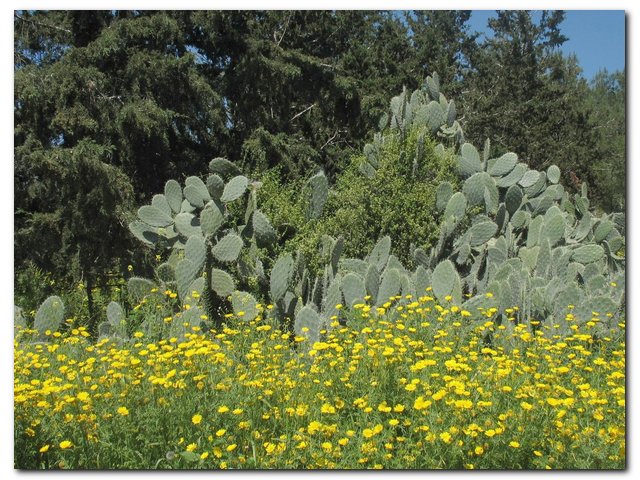
עין ע'זאל / عين غزال
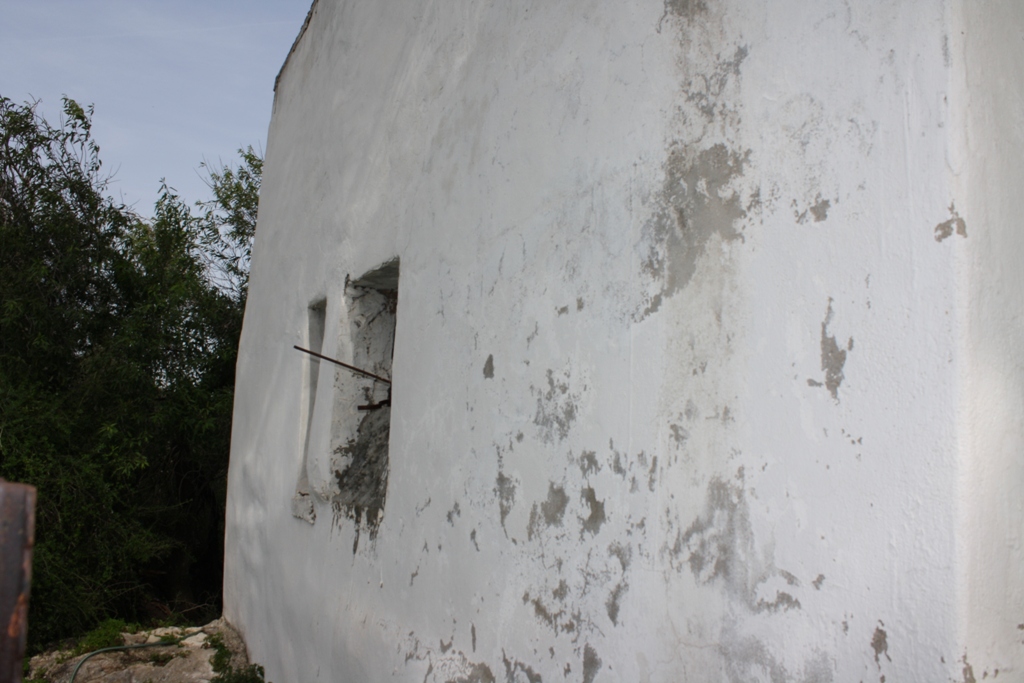
קבר אלשיח' שחאדה / قبر الشيخ شحادة
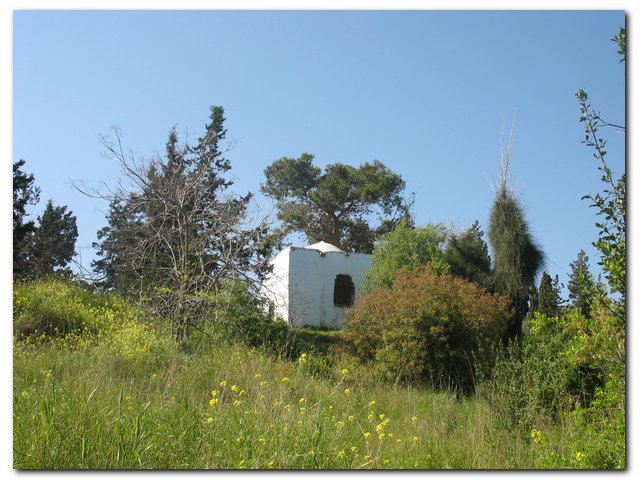
קבר אלשיח' שחאדה / قبر الشيخ شحادة
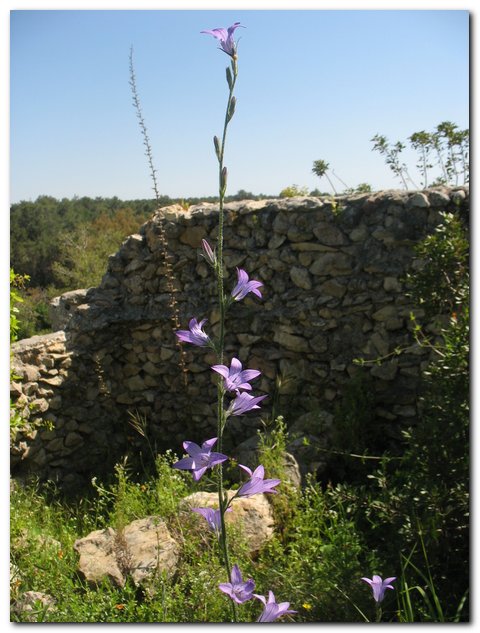
שרידי בתים בעין ע'זאל / أنقاض بيوت في قرية عين غزال
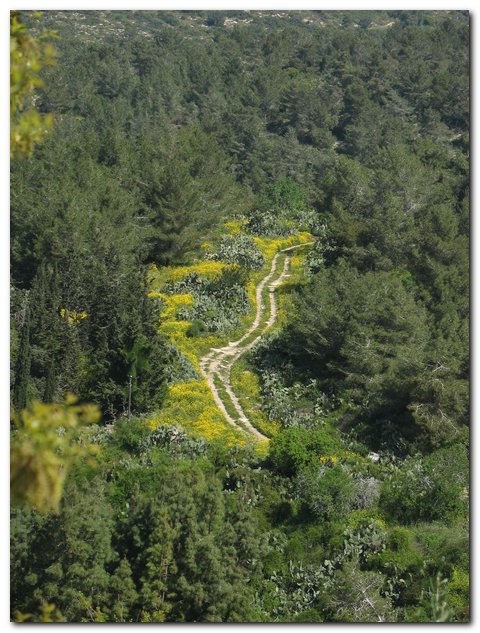
עין ע'זאל / عين غزال

